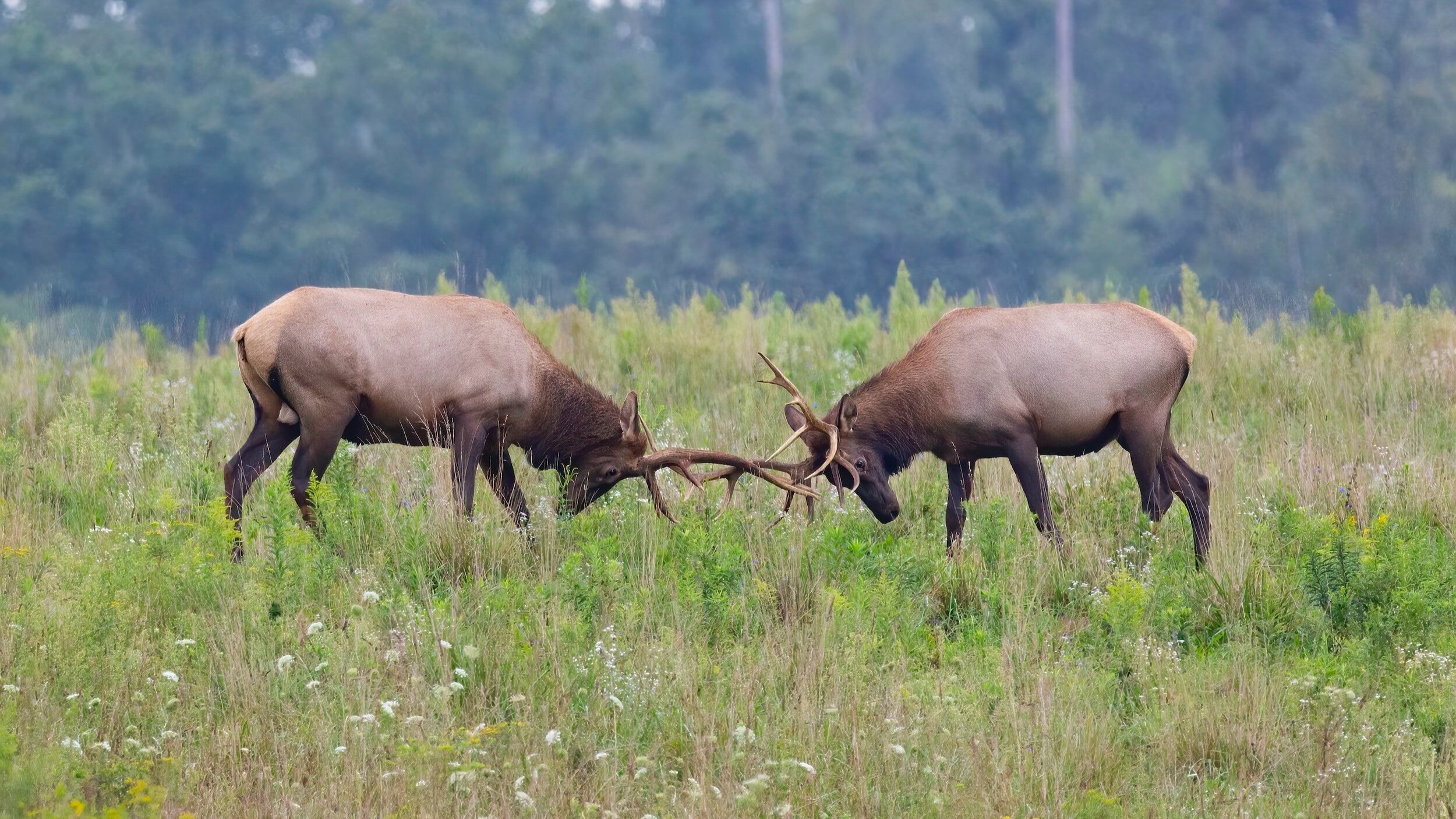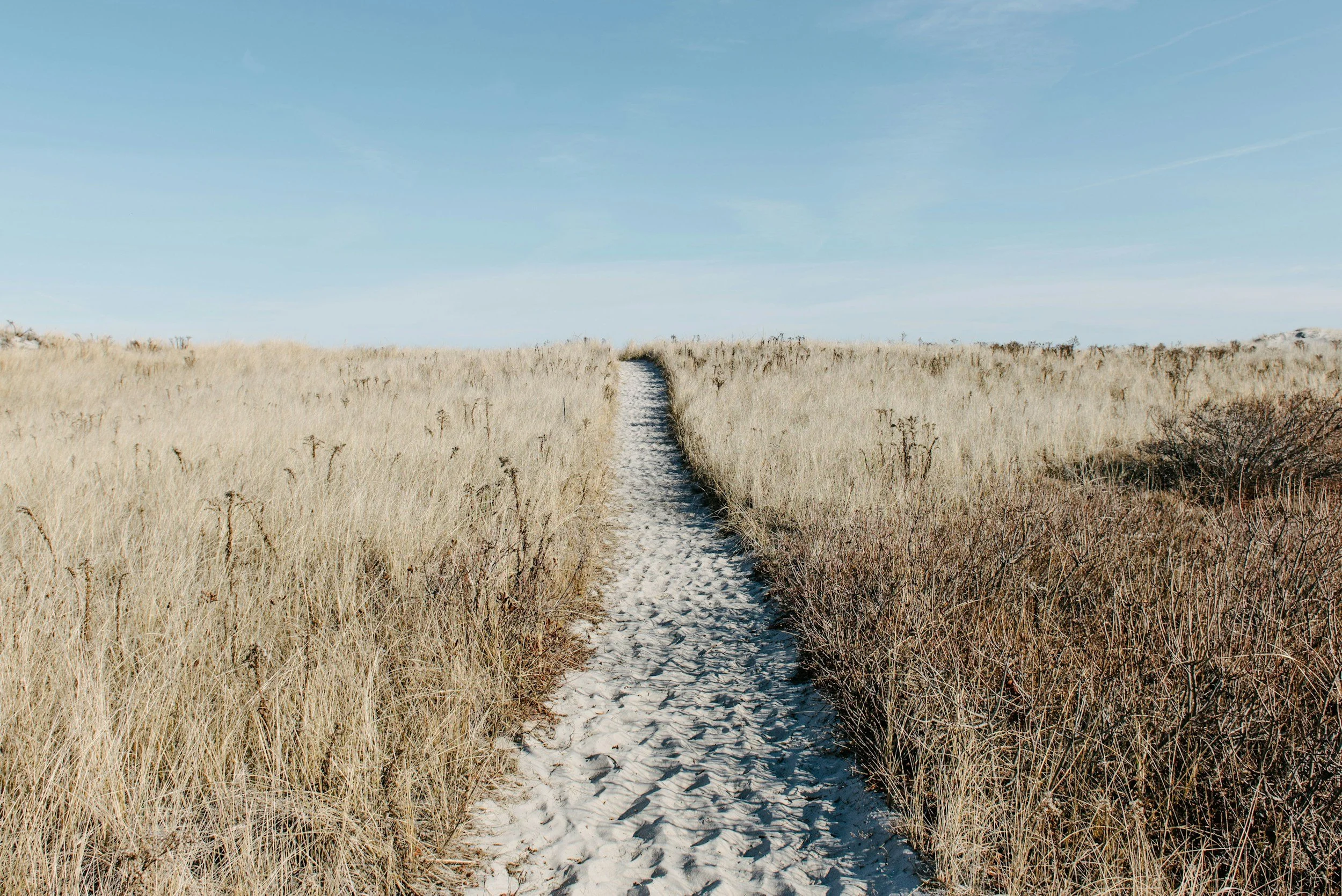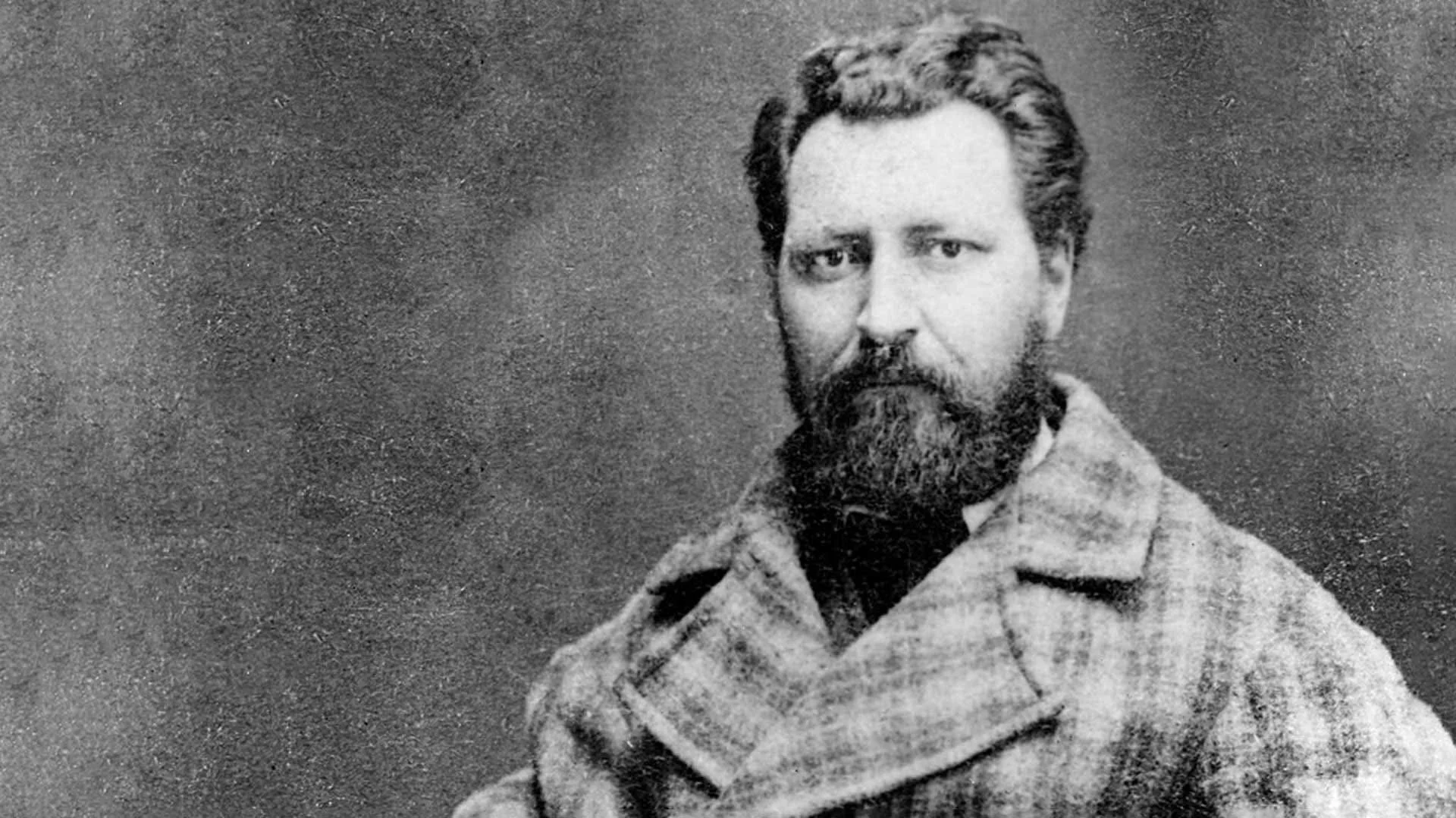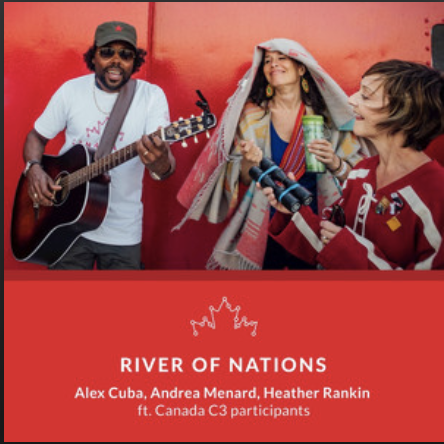Compassion is the End of Polarization
If anything the last few years has taught us, is that we are easily polarized. When placed under the right conditions, our fear and powerlessness tend to turn to rigidity and righteousness, and suddenly, our friend becomes our enemy. We face many problems, but when we succumb to polarization, whether it be in our families and communities or governments and religions, the problems only get worse.
We polarize because in the moment, we feel our viewpoint provides the only solution possible to a problem. Anything to appease the uncertainty surrounding us. We develop solutions by gathering from the facts, circumstances, research, anecdotes, opinions, stories and statements of others. These sources used to come from our governments, our media, our scholars. Now, because we have access to more information and events around the globe, we develop our expertise from anywhere we can catch a well-crafted soundbite. Through detailed research or carefully cultivated algorithms, we find our solutions anywhere we can get them. When we do find a solution we settle into a deeper sense of safety. We find comradeship in people who think the same way. We find community in groups that believe the same philosophy. Or at the very least, we feel safe enough to not be rejected by our community. Belonging is one of the strongest motivators of human behaviour. So it is no surprise that we adopt beliefs that guarantee our acceptance in our chosen communities.
Sometimes, those communities turn us into packs. We are one pack and whoever believes differently than us is the “other.”
We polarize because we have been encouraged to believe that the “other” side will cause even more uncertainty and problems. “They” will bring about a disastrous future for me, my family, my community, or my country. And it may be true. Dangerous people and harmful ideologies do exist. Those who willfully bring harm to individuals and communities for personal, political or economic reasons, are a danger to the wellness of the whole.
Not surprisingly, most individuals would agree that these dangers to society must be stopped. This agreement, regardless of “pack,” seems simple enough to accomplish in theory. If we look at the polarizing pattern emerging out of the last couple of years, it is clearly not so easily carried out. For instance, we are not all rallying behind one solitary good to eradicate one solitary evil. It would be so simple if human beings all had the same notion of good and evil. Or had the same idea of how to handle said evil. We do not. The infinite range of beliefs, choices and preferences, that exist on the spectrum between good and evil are about as numerous as the colours between black and white. We are complex beings. And our individual moral and political viewpoints make our choices even more complex.
And that complexity can be stressful. Especially when trying to find a way to bring peace and safety to our world.
When faced with a problem, like stopping those dangers to society, the sheer number of possible solutions are almost too much to handle. Our stress levels go up, our choices go down. Instead of becoming expansive and able to respond, we collapse in indecision. It is far easier to choose between one or two choices than an infinite number. Whether or not we know how these choices emerged doesn’t matter. It has been presented as a way to solve a problem and find belonging. So we choose. And suddenly find ourselves polarized.
Polarization emerges out of fear. When we respond to situations from fear, our need to defend is strong. And the more we defend something, the more that stance becomes ingrained in our belief structure. No longer are we merely defending our position. Now, we are fighting for our lives. The more we defend, the more we believe. The more we believe, the more we think our way is truth. The more we hold to our truth, the more rigid we become. Is it not true that the moment someone disagrees with our truth, we become riled up and ready to rid them of their folly? If I am defending myself from danger and you are defending yourself from danger, then how can we see each other’s truth? There is a common rule in many households that “we don’t talk religion or politics at the dinner table” for a reason.
Being easily riled and quick to defend makes us extremely vulnerable to manipulation. There is nothing wrong with having beliefs and personal truths. And there is nothing wrong with defending your position. But what if someone else is benefitting from your angst? What if your fighting energy is being harnessed and used to forward someone else’s agenda? If you find yourself angry and needing to stand up for your position, ask yourself how it happened. Stop and listen to your body. How did you go from zero to sixty in a matter of seconds? How did this person become your enemy in a heartbeat?
This fierce defensive reaction is your bodies’ response to survival fear.
Somehow you believe you are being threatened and your entire body goes into protection mode. This can show up as fight or flight, (as developed by Walter Cannon) or freeze or fawn. Every one of us has experienced this type of behaviour, whether we were aware of it or not. Science has shown us that our response to danger is powerful and instinctual. Survival fear is strong.
The events of the last few years have triggered a lot of survival fear.
If the rise in polarization has been caused by deep seated survival fear, then that means our friends, relatives, and even our enemies, are walking around just trying to survive. They are dealing with high levels of stress hormones rushing through their bodies, making them tired, aggravated, overstimulated, and irritable. This is what is underlying all the polarization. Two seemingly opposing sides are surviving the best way they know how.
The answer to polarization then, is compassion. We polarize when we feel we have no other way. We polarize when we feel powerless. We polarize because we want things to change. Does this not deserve our compassion?
Humanity is dealing with fear and powerlessness on a such a level that it is literally killing us. No wonder we choose righteous defense over feelings of despair. Our fiery rage feels downright good when compared to the heavy drain of hopelessness. When we recognize that fear is what we all have in common, our polarization begins to subside. Our opposing truths, beliefs or standpoints are not the problem. The survival fear beneath it all is what is causing the widening gap between human beings.
Humanity is in crisis. It is no secret. But human beings from every walk of life have been living in crisis for so long now, that individuals may not recognize how it is showing up in their lives. Being in stressful overload seems normal. Living in fear of cataclysm or climate change seems normal. Living in isolated silos has become normal. War seems normal. None of these things are normal. Finding ways to lessen the stress in our lives is vital to our wellbeing and our overall survival.
Compassion is the key to ending survival fear. But we must start with ourselves.
Self-care is no fluffy remedy. As the persistent polarization of our population has taught us, we cannot change anyone else. We can only change ourselves. And ridding your body, mind, and emotions of chronic stress and fear is the only way you and the rest of humanity will find sustainable wellness.
Use the tools that lessen stress.
Go to the land and breathe fresh air.
Find your joy and laughter.
And most of all, be compassionate with your uncertainty and powerlessless.
In Indigenous teachings, we cultivate physical and spiritual wellness in ourselves because we know we have a responsibility to our communities. Our understanding of life means we are interconnected to all other beings in every way. What happens to one, is experienced by all. We are meant to lift each other up. To live in a harmonious way with each other and with Life itself, we must find harmony within ourselves. And harmony is born out of compassion.
Compassion is the end of polarization because self-compassion is the end of stress and separation.
You are the key.
Be compassionate with yourself and watch what happens to the world around you.














